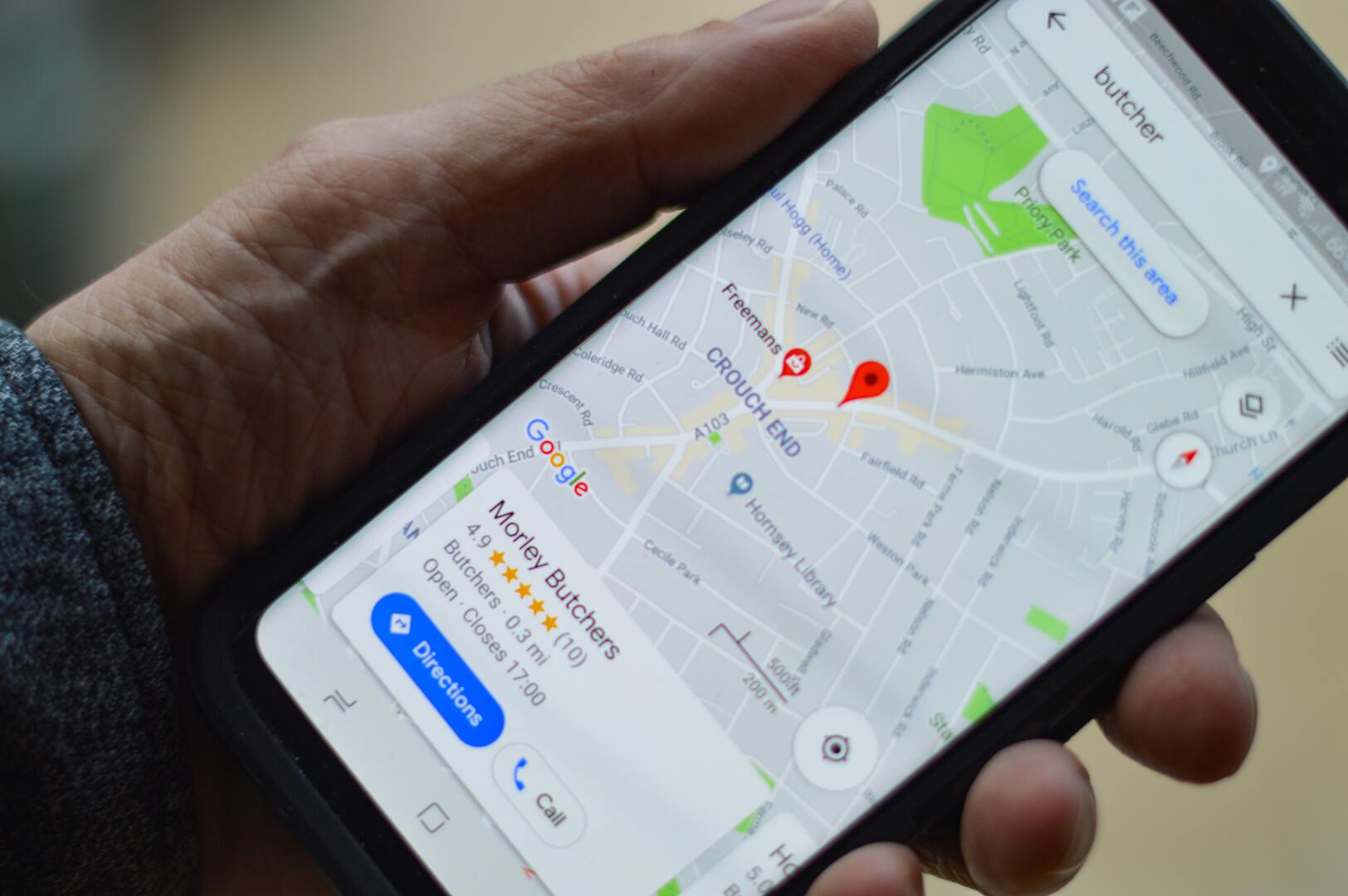
Responsive web design has become a fundamental approach in today's digital landscape. With the diverse range of devices and screen sizes available to users, it's crucial to create websites that can adapt seamlessly to different platforms. Responsive design ensures that websites look and function optimally, providing a consistent user experience across devices.
In this article, we will explore the principles and benefits of responsive web design. We will delve into the significance of adopting a mobile-first approach, the advantages it offers over separate mobile and desktop versions, and how user behaviour varies across devices. We will also touch upon the importance of testing and optimisation, as well as common challenges faced in implementing responsive design.
Join us as we dive into the world of responsive web design and discover how it enhances accessibility, user experience, and overall success in today's multi-device world.
What is Responsive Web Design?
Responsive web design is an approach to web development that aims to create websites capable of adapting and responding seamlessly to different devices and screen sizes. The principles of responsive design revolve around fluidity, flexibility, and content prioritisation.
3 Components of Responsive Web Design
1. Fluidity and Flexibility
Responsive design uses fluid grids and flexible layouts that allow elements on a web page to resize and reposition themselves based on the screen size of the device being used. This ensures that the content and design elements adjust proportionally, providing an optimal viewing experience.
2. Media Queries
Media queries are a fundamental component of responsive design. They allow developers to apply different styles and layout rules based on the characteristics of the device, such as screen width, resolution, and orientation. By using CSS media queries, specific styles can be targeted to create a tailored experience for each device.
3. Content Prioritisation
Responsive design involves organising and presenting content in a way that prioritises its importance and relevance across different devices. This ensures that users can access the most critical information without overwhelming them with unnecessary elements. Content prioritisation is achieved through thoughtful design decisions, such as adjusting font sizes, hiding non-essential elements, and repositioning content blocks.
Importance of Mobile-First Approach in Responsive Design
A mobile-first approach is a core principle of responsive web design, emphasising the importance of designing for mobile devices first and then progressively enhancing the experience for larger screens. This approach recognises the increasing dominance of mobile devices and the unique challenges they present.
Mobile usage is rapidly increasing: Statistics show that mobile devices account for a significant portion of internet traffic, with more people accessing websites on smartphones and tablets than on desktop computers. By prioritising mobile design, websites can cater to the growing mobile audience and provide an optimised experience.
User expectations: Mobile users have high expectations for a seamless and user-friendly experience on their devices. They expect websites to load quickly, have intuitive navigation, and display content in a readable format. By adopting a mobile-first approach, designers can ensure that the most critical features and content are prioritised for mobile users.
Google's mobile-first indexing: Google, the most popular search engine, has shifted to a mobile-first indexing approach, meaning that the mobile version of a website is considered the primary version for indexing and ranking. A mobile-first design not only improves user experience but also enhances search engine optimisation (SEO) by aligning with Google's indexing preferences.
5 Reasons You Need Responsive Design
1. Consistency across devices
Responsive design ensures a consistent brand experience and interface across different devices. Users can easily recognize and navigate a website, regardless of the device they use. This consistency builds trust and fosters familiarity, leading to better user engagement and conversions.
2. Cost and time efficiency
Developing and maintaining separate mobile and desktop versions of a website can be time-consuming and costly. Responsive design eliminates the need for duplicating efforts, as a single codebase can adapt to different devices. This saves development time, reduces maintenance efforts, and lowers overall costs.
3. Improved user experience
Responsive design optimises the user experience by adapting the content layout, font sizes, and navigation to suit each device's screen size and capabilities. Users can access information easily, read content comfortably, and interact intuitively, leading to higher satisfaction and engagement.
4. Better SEO performance
Having a responsive website eliminates the need for duplicate content across different versions, reducing the risk of content duplication penalties from search engines. Additionally, a responsive design provides a consistent URL structure, which consolidates the authority and ranking signals for SEO. As a result, responsive websites tend to perform better in search engine rankings.
5. Future-proofing
Technology is constantly evolving, and new devices with varying screen sizes and capabilities continue to emerge. Responsive design future-proofs websites by ensuring they can adapt and accommodate new devices without requiring significant redevelopment. It provides scalability and readiness for the evolving digital landscape.
How User Behaviour Varies Across Devices
User behaviour can significantly differ depending on the device they use. Understanding these variations is essential for delivering tailored experiences. Here are some key points to consider:
Device-specific tasks
Smartphones: Users often engage in quick, on-the-go activities like checking emails, messaging, and accessing social media.
Tablets: Users tend to consume media, play games, read e-books, and perform light productivity tasks.
Laptops/desktops: These devices are commonly used for complex tasks, work-related activities, and in-depth research.
Contextual factors
Location: Users may utilise smartphones more when they are outside their homes, whereas tablets and laptops are favoured in more comfortable settings.
Time of day: User behaviour may vary depending on the time of day, with smartphones being more prominent during commuting hours and evenings.
Content Consumption Patterns
Smaller screens: Smartphones require concise and easily scannable content, whereas tablets and laptops allow for more in-depth reading.
Visual content: Such as videos and images, may be more engaging on larger screens.
User Expectations
Users expect seamless transitions and consistency when switching between devices. They desire responsive websites that adapt to their chosen device's screen size and capabilities.
Using a Mobile-First Approach
Benefits of Starting the Design Process with Mobile Devices in Mind
Taking a mobile-first approach to design involves prioritising the needs and constraints of mobile users from the beginning. Here are the benefits of adopting a mobile-first mindset:
Focus on Core Content
By starting with mobile devices, designers are forced to prioritise the most essential content and functionality, resulting in streamlined and concise experiences.
Users on mobile devices often have limited attention spans and different goals compared to desktop users. Designing for mobile-first ensures that the core message is communicated effectively.
Improved Performance
Mobile devices typically have slower internet connections and less processing power than desktop computers.
Prioritising mobile optimisation leads to lighter and faster websites, benefiting users across all devices.
Progressive Enhancement
Starting with a mobile design allows for a foundation that can be enhanced with additional features and layout adjustments for larger screens.
This approach ensures a graceful progression, providing an optimal experience regardless of the device being used.
Common Challenges and Solutions
Dealing with Complex Layouts and Navigation Menus
Responsive design can pose challenges when dealing with complex layouts and navigation menus. Here are some solutions to address these challenges:
Simplify Navigation - Streamline navigation menus for smaller screens by using collapsible menus, hamburger icons, or off-canvas menus. Prioritise important navigation links and consider utilising breadcrumb navigation or sticky menus for improved accessibility.
Adaptive Layouts - Break down complex layouts into modular components that can be rearranged and stacked vertically on smaller screens. Utilise CSS grid or flexbox to create flexible and adaptive layouts that adjust to different screen sizes without sacrificing visual appeal.
Progressive disclosure - Implement progressive disclosure techniques to show or hide content based on user interactions, optimising the display of complex information on smaller screens. Use accordions, tabs, or expandable sections to allow users to reveal additional content as needed, keeping the initial layout uncluttered.
Responsive web design is crucial in our multi-device world. By adapting to different devices and screen sizes, it enhances user experience and accessibility. It prioritises fluidity, flexibility, and content optimisation.
In this article, we explored the benefits of a mobile-first approach, responsive design over separate versions, and user behaviour across devices. Testing, optimisation, and overcoming challenges were also discussed.
Responsive web design empowers businesses to deliver consistent experiences and adapt to the evolving digital landscape.
In summary, responsive design is a powerful tool for user-centric websites and long-term success in the digital realm.
Ready to unlock the power of responsive web design? Get in touch to start creating user-friendly, device-optimised websites today and revolutionise your online presence!












 Marketing strategies are crucial for any business to thrive in today's highly competitive landscape. Traditional marketing methods are no longer sufficient in setting your business apart from its competitors. That's where alternative marketing strategies come in. These unique and creative approaches to marketing have become increasingly popular in recent years. This blog will explore five alternative marketing strategies that can boost your business.
Marketing strategies are crucial for any business to thrive in today's highly competitive landscape. Traditional marketing methods are no longer sufficient in setting your business apart from its competitors. That's where alternative marketing strategies come in. These unique and creative approaches to marketing have become increasingly popular in recent years. This blog will explore five alternative marketing strategies that can boost your business.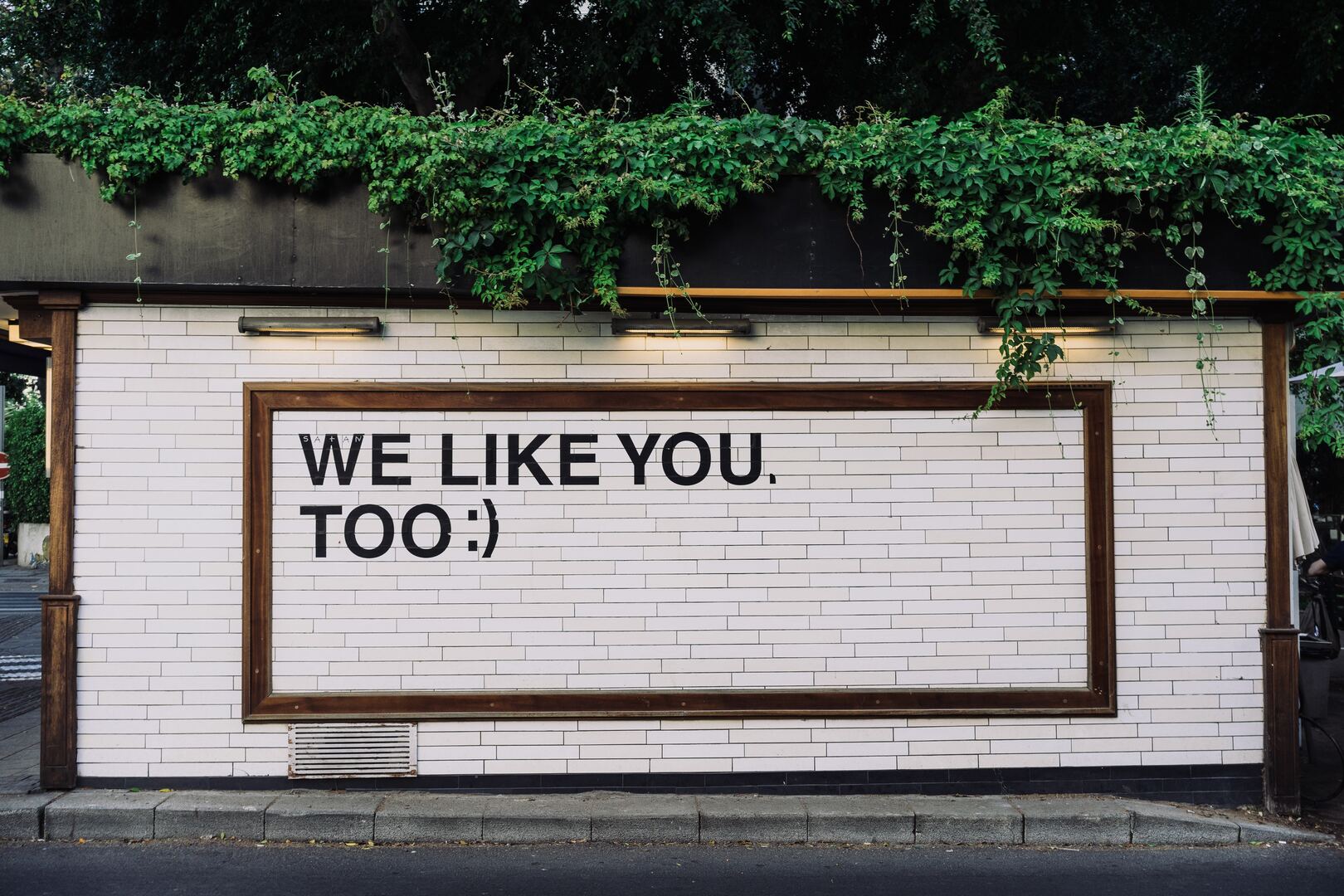
-modified.jpg)
-modified.jpg)
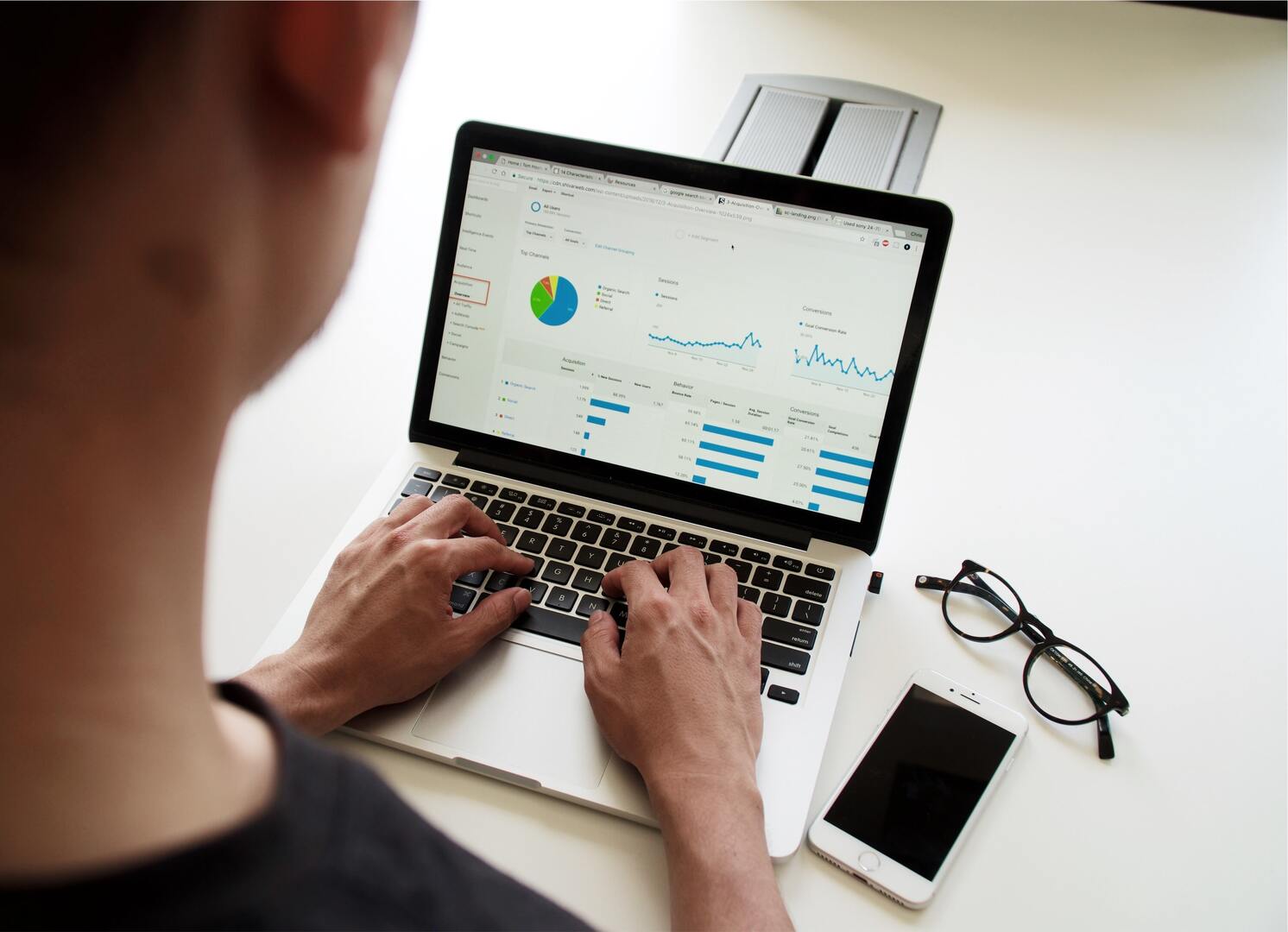
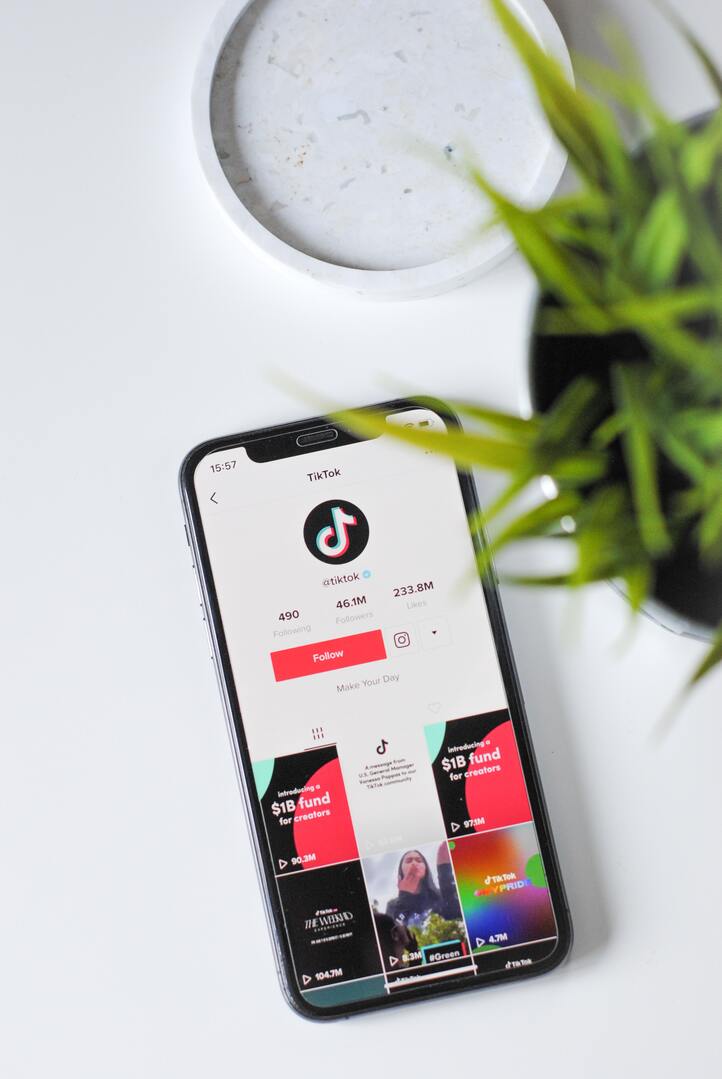
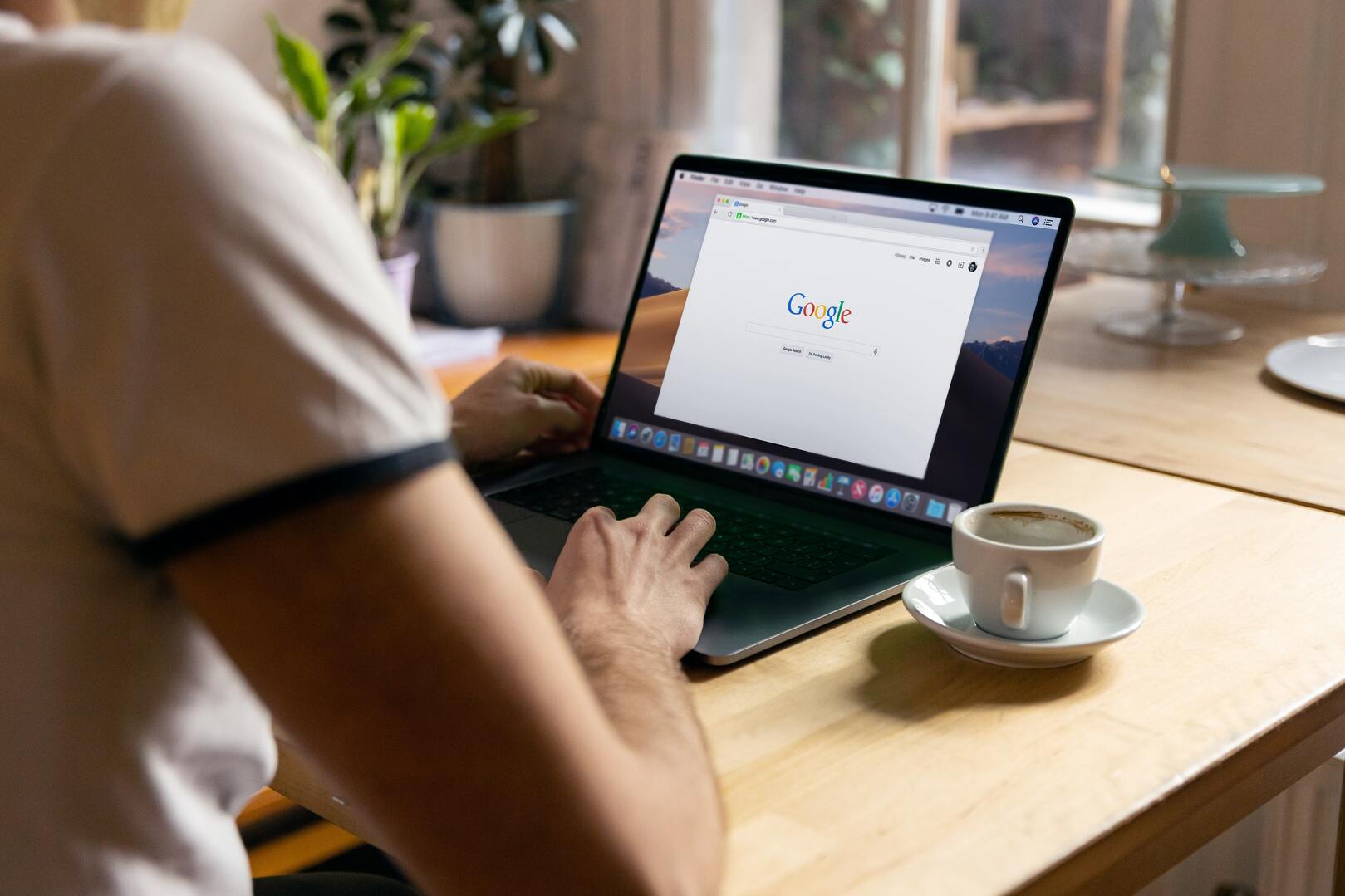 In today's world, where most businesses have an online presence, customer reviews have become an essential part of building trust and credibility.
In today's world, where most businesses have an online presence, customer reviews have become an essential part of building trust and credibility. 